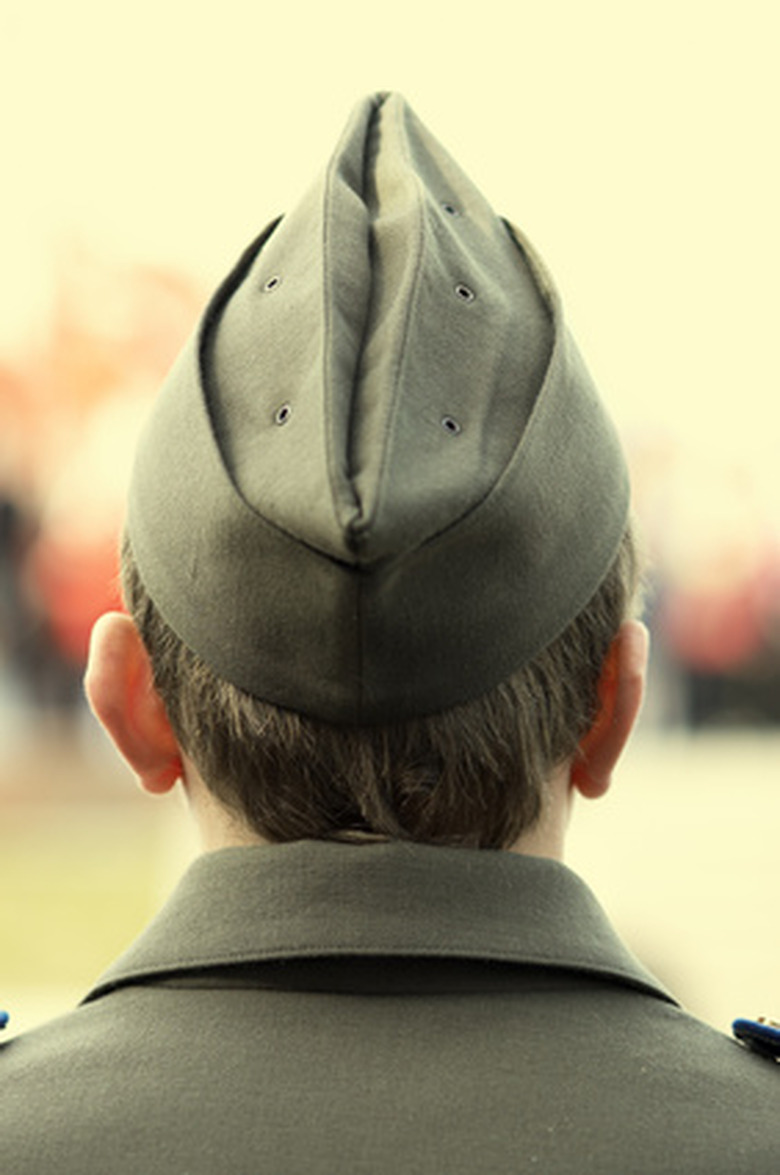How To Convert ASVAB Scores
ASVAB is an acronym for Armed Services Vocational Aptitude Battery, a multiple-choice test in 10 subject areas that is given to all potential members of the Unites States Armed Forces (Army, Navy, Marines, Air Force and Coast Guard). It is the most widely administered comprehensive aptitude test (meaning it deals with various subject areas, not just, say, math or history) in the world, with over 1 million annual takers.
The test is designed to identify which military jobs are ideal for the test-taker. In addition, recruits are required to achieve a minimum score in order to be considered for service at all. The bottom one-third of all test-takers are excluded from service on the basis of their scores, making it a more selective test set than most people realize.
But how do ASVAB scores translate to other standardized tests of aptitude, such as the Scholastic Aptitude Test (SAT) and any number of official (not online!) intelligence quotient (IQ) tests?
The ASVAB and Selectivity for Military Service
The ASVAB and Selectivity for Military Service
Officers in the U.S. military are required to have a college education, while some 98 percent of enlisted personnel have a high-school diploma, compared to only 87 percent of the 25-and-over civilian population. The military invests a great deal of money in each recruit it accepts, and it is therefore in the system's best interest to select people who are more likely to serve the entire length of their enlistment contracts.
Measuring educational attainment level is relatively straightforward, but assessing intelligence is a much thornier proposition. IQ tests are not universally accepted as useful or even valid in terms of their ability to reveal what they advertise to show.
Each service branch has its own specific percentile cut-off regarding which applicants to accept. For example, as of 2019, anyone scoring below the 36th percentile on a key component of the ASVAB called the AFQT (more on this later) cannot join the Air Force. 35 is the low-water mark for the Navy, and 31 is the lower limit for both the Marine Corps and the Army.
Components of the ASVAB
Components of the ASVAB
The ASVAB can be taken on a computer (now the most common method) or using the old paper-and-pencil method. It measures aptitude in 10 academic areas and takes about three hours to complete.
The most important part of the test is a score assigned to four sections of the test called the Armed Forces Qualification Test (AFQT). These sections include two verbal tests, one math knowledge test and a math reasoning test. As noted, a failure to achieve sufficient scores on the AFQT disqualifies the test-taker from military service.
Raw Scoring of the ASVAB
Raw Scoring of the ASVAB
The ASFAB is not scored like a regular test, where you receive a score based on the percentage of correct answers. In the ASVAB, the average score is always set, or normalized, to 50 on a scale of 1 to 100, and the standard deviation is 10. That means that close to two-thirds of the test-takers fall between the 40 and 60 percentiles, and about 95 percent are assigned scores between 30 and 70.
Is the ASVAB an IQ Test?
Is the ASVAB an IQ Test?
Since the ASVAB, the SAT and standardized IQ tests are all very widely taken, a lot of data has been generated for statisticians to work with. While there is no way to derive an IQ score from an ASVAB score, the tests are strongly correlated, with a value of 0.80 on a scale of -1.0 to 1.0. This means that the tests measure largely the same abilities and aptitudes.
A 1980 U.S. Department of Defense memorandum yielded this information, which was in turn based on a 1965 Army review. In short, there is clearly no impetus to match ASVAB to IQ as long as the ASVAB measures what it is intended to within the limits of the military's needs.
Cite This Article
MLA
Beck, Kevin. "How To Convert ASVAB Scores" sciencing.com, https://www.sciencing.com/convert-asvab-scores-6540338/. 21 December 2019.
APA
Beck, Kevin. (2019, December 21). How To Convert ASVAB Scores. sciencing.com. Retrieved from https://www.sciencing.com/convert-asvab-scores-6540338/
Chicago
Beck, Kevin. How To Convert ASVAB Scores last modified March 24, 2022. https://www.sciencing.com/convert-asvab-scores-6540338/
